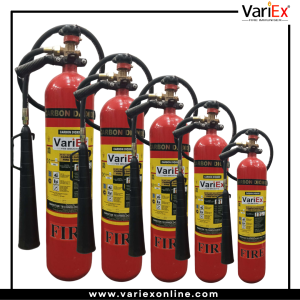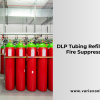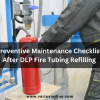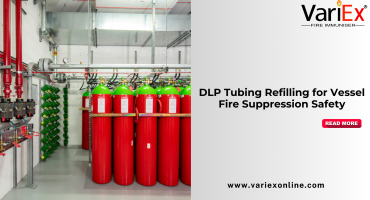![]()
Fire Immuniser
+91-7829629111
Email: info@variex.in
Varistor Technologies Pvt. Ltd.
Block-1, First Floor, Ardente Office One, Hoodi Circle, ITPL Main Road, Bengaluru, Karnataka 560048, IN
Why Is Carbon Dioxide Used In Fire Extinguishers
Frequently Asked Questions
CO2 extinguishers are used because CO2 displaces oxygen, suffocating the fire. They leave no residue, are non-conductive, and are effective against Class B (flammable liquids) and Class C (electrical) fires.
No, CO2 extinguishers are primarily effective against Class B and Class C fires. They are not suitable for Class A (ordinary combustibles) fires or deep-seated fires.
CO2 extinguishers are commonly used in areas with electrical equipment, laboratories, server rooms, and other environments where residue cleanup and non-conductivity are crucial.
CO2 extinguishers work by displacing oxygen, suffocating the fire. When discharged, CO2 rapidly expands and cools, suppressing the flames.
Yes, CO2 is non-toxic and does not contribute to ozone depletion or global warming, making CO2 extinguishers relatively environmentally friendly compared to some other extinguishing agents.
Final Say
We at VariEx.in or Variexonline.com have mastered the art of designing, installing, inspecting, and fixing automatic sprinkler systems with the help of our in-house team, which is capable of delivering the fire sprinkler services you need, whether large or small and at affordable cost.
To schedule a fire sprinkler installation, or you think our services could benefit your commercial property, contact us online or give us a call at, 7829629111
"WHAT YOU CAN READ NEXT"
 Read more +24 November 2023 in Fire Extinguisher
Read more +24 November 2023 in Fire ExtinguisherWhat types of fire extinguishers are available for different fire classes?
 Read more +11 July 2025 in Fire Suppression
Read more +11 July 2025 in Fire Suppression







